Using biodiversity data collected from 160 ecosystem-monitoring plots along an 870 km long section of TERN’s South West Australian Transitional Transect (SWATT), new research has revealed the conservation and management implications of rapid changes in species composition between Western Australia’s sandplain ecosystems.
Researchers from Western Australia’s Department of Parks and Wildlife, the University of Western Australia and the CSIRO have found that the vegetation of southern WA’s sandplains is not only very diverse but also highly variable between locations.
In their paper just published in the journal PLOS One, the team report rapid and significant changes in botanical composition between locations—known as species turnover or beta diversity—resulting in remarkably diverse sandplain ecosystems.
Species composition between locations along the SWATT changes so quickly that sites with similar soils less than 10km apart have almost completely different plant communities.
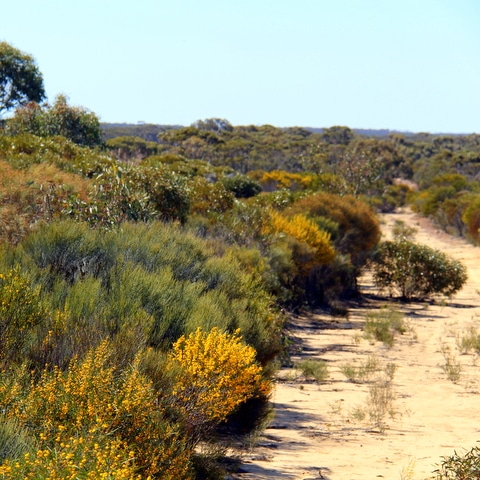
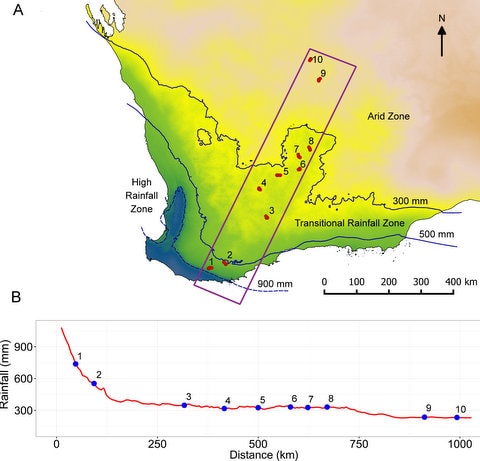
New research using TERN’s South West Australian Transitional Transect research infrastructure (right) has revealed the conservation and management implications of highly variable biodiversity across Western Australia’s sandplain ecosystems (left)
Conservation of these diverse environments is challenging
Parks and Wildlife senior principal research scientist Neil Gibson said the findings were consistent with earlier work in sandplain and mallee vegetation in WA’s south-west and suggest that conservation strategies need to encompass this variability.
“When biodiversity changes significantly over short distances, as we found in WA’s sandplains, all areas make a significant contribution to regional diversity and it’s logistically difficult and expensive to capture this diversity in a reserve system,” says Neil.
“So biodiversity conservation approaches need to include off-reserve management through protecting remnant vegetation and minimising human disturbance, and this approach is already happening in areas under traditional land ownership or joint management agreements.”
Implications of climate driven species turnover
So what’s causing this high species turnover? Co-author Suzanne Prober of CSIRO Land and Water said at smaller scales, distance between locations and natural barriers that limit species distribution appear to be key factors. At broader scales, climate and geography, or a combination of both, are the biggest drivers.
“Changes in soil along the 870 km transect partly explain the broader-scale turnover, but of particular interest is the role climate is playing,” says Suzanne. “We found that the most important climatic factor was the amount of rain during the driest time of the year, effectively an aridity gradient.”
“Whilst this is not unexpected, it’s very important because rainfall patterns are expected to dramatically change with climate change,” Suzanne explains.
“It’s hard to predict just how these projected climatic changes will impact sandplain biodiversity so ongoing monitoring and adaptive management is essential.”
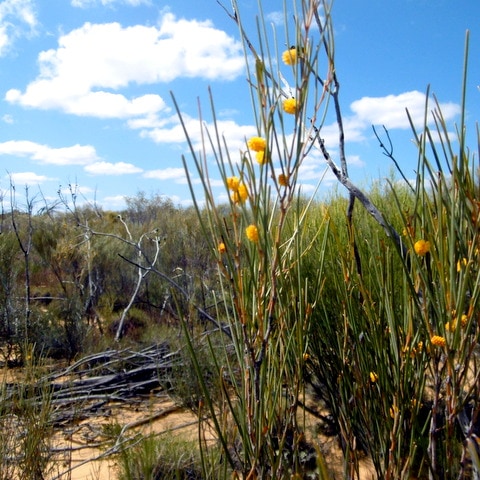
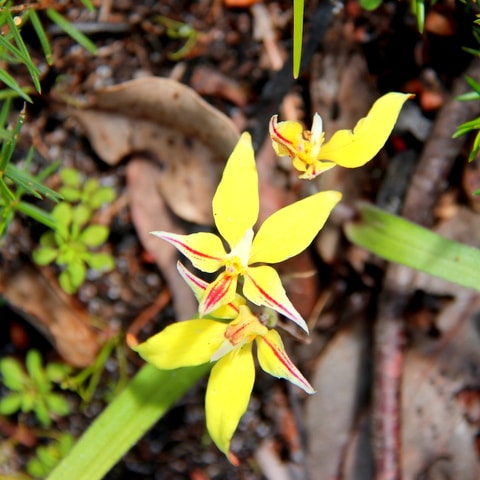
Reserves are conservation jewels but by themselves are unlikely to fully represent the diversity across such variable sandplain ecosystems
TERN data key to future research and sustainable management
The extensive bioacoustics research on WA’s sandplain ecosystems, compiled with TERN support and now openly available via TERN data infrastructure, is already playing an integral role in environmental research impact monitoring & assessment.
Parks and Wildlife Assistant Director of Science Stephen van Leeuwen said that land managers and policy makers could now use the TERN-delivered SWATT data to make informed decisions on how to best manage these ecosystems for economic and environmental sustainability.
“Department vegetation and soil monitoring programs are specifically aligned with TERN’s surveying and monitoring protocols (TERN’s AusPlots protocol), which streamlines the use of TERN data in state management approaches” he said.
“For example, the data collected by our recent study indicates that the State’s sandplains are of similar biological significance as its woodlands,” reports Stephen. “The integration of this information on diversity with ongoing fire ecology research is expected to better inform the way we manage sandplain environments, especially with regards to fire management and prescribed burning programs.”
“TERN provides the research infrastructure and data at the scales we need to understand and manage these vast, but fragile and highly variable sandplain ecosystems.”
With pressures on these ecosystems increasing, the ongoing role of TERN in providing researchers, policy makers and environmental managers with a better footing on which to make informed decisions, including threat abatement and adaptation to climatic changes, is more important than ever.
- The SWATT is part of TERN’s Australian Transect Network and is one of several major environmental monitoring transects within the Australian continent. It extends about 1200 km, from Walpole on the southern coast, north-east into the Little Sandy Desert and traverse eight bioregions and various land uses from tall southern forests, through agricultural land with fragmented vegetation and across northern rangelands where pastoralism and mining are dominant land uses. It also takes in the Great Western Woodland, and Credo station—where TERN operates the Great Western Woodlands Supersite and OzFlux monitoring tower.
- Data from SWATT are openly available via TERN’s AEKOS Data Portal
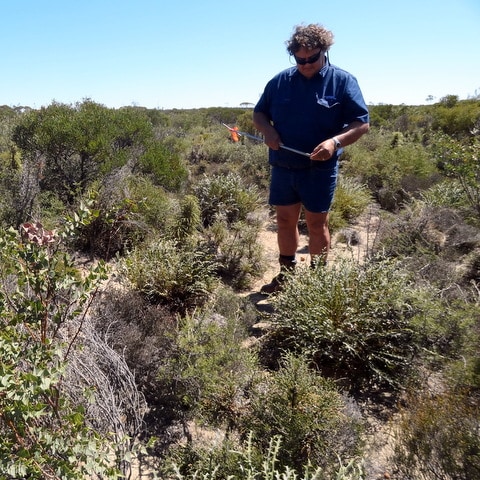
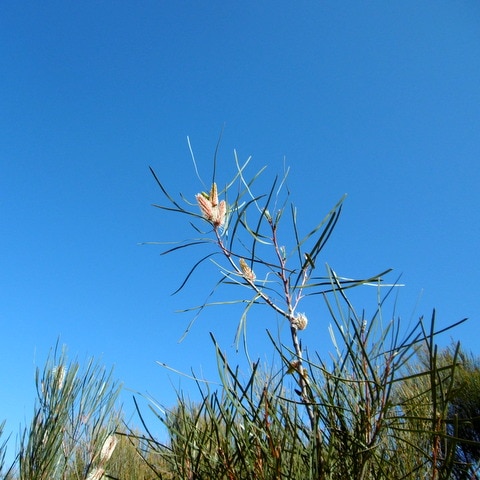
“TERN provides the research infrastructure and data at the scales we need to understand and manage these vast, but fragile and highly variable sandplain ecosystems.” – WA Parks and Wildlife Assistant Director of Science Stephen van Leeuwen (left)






